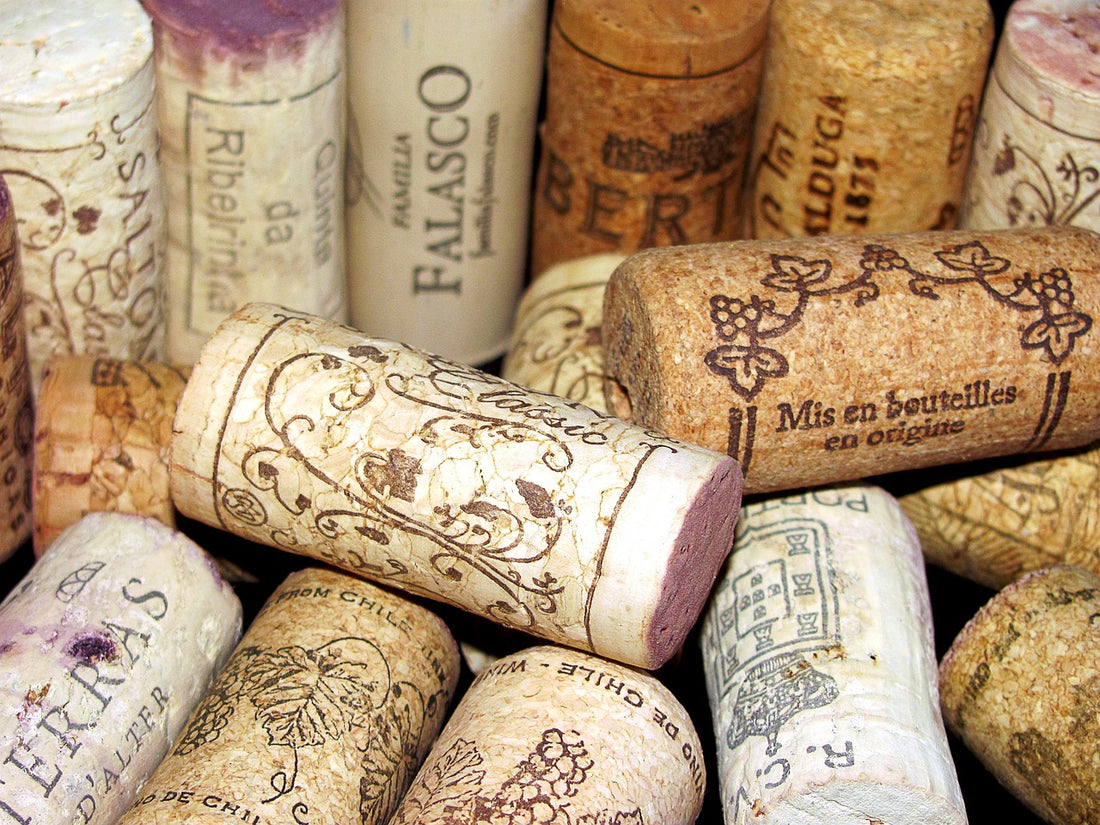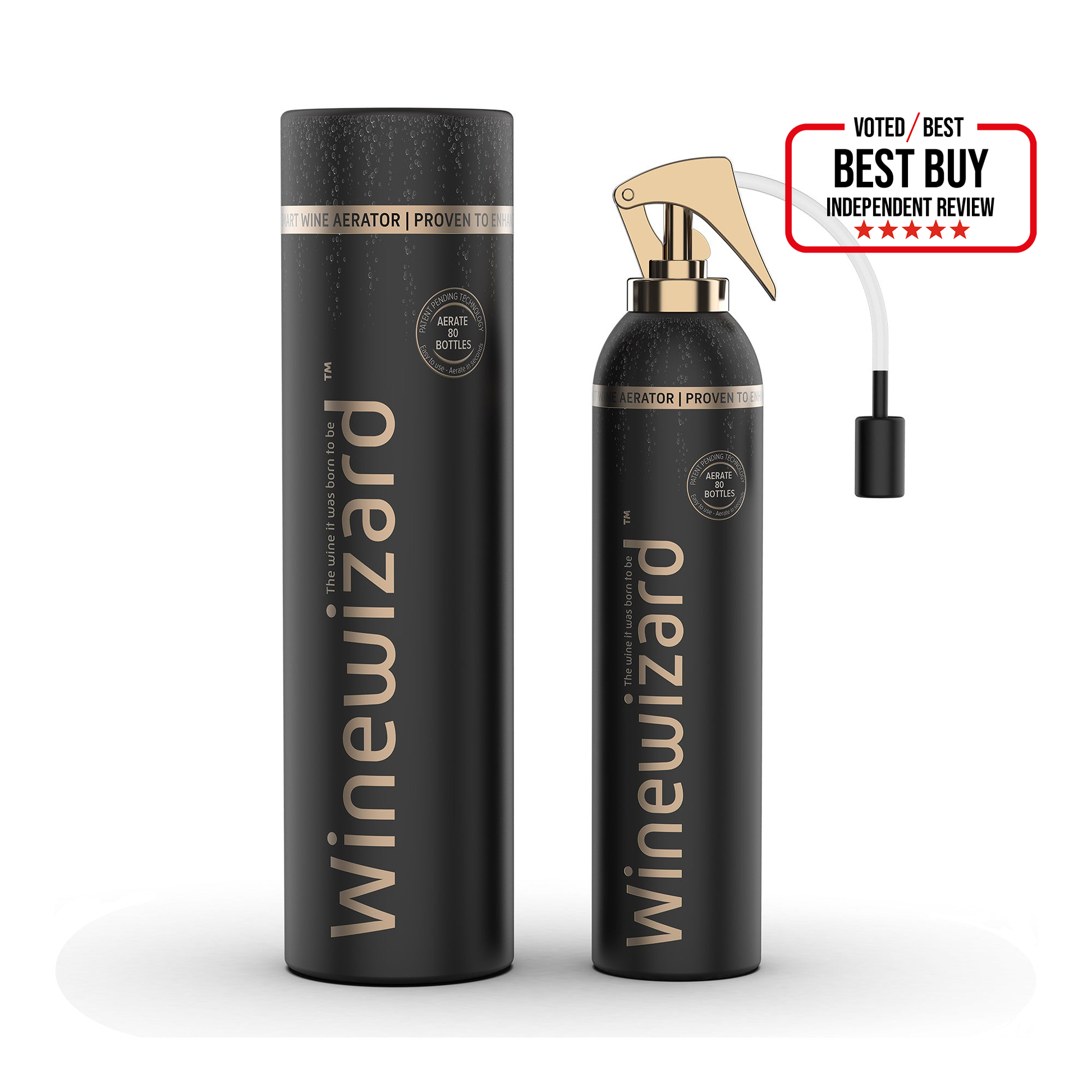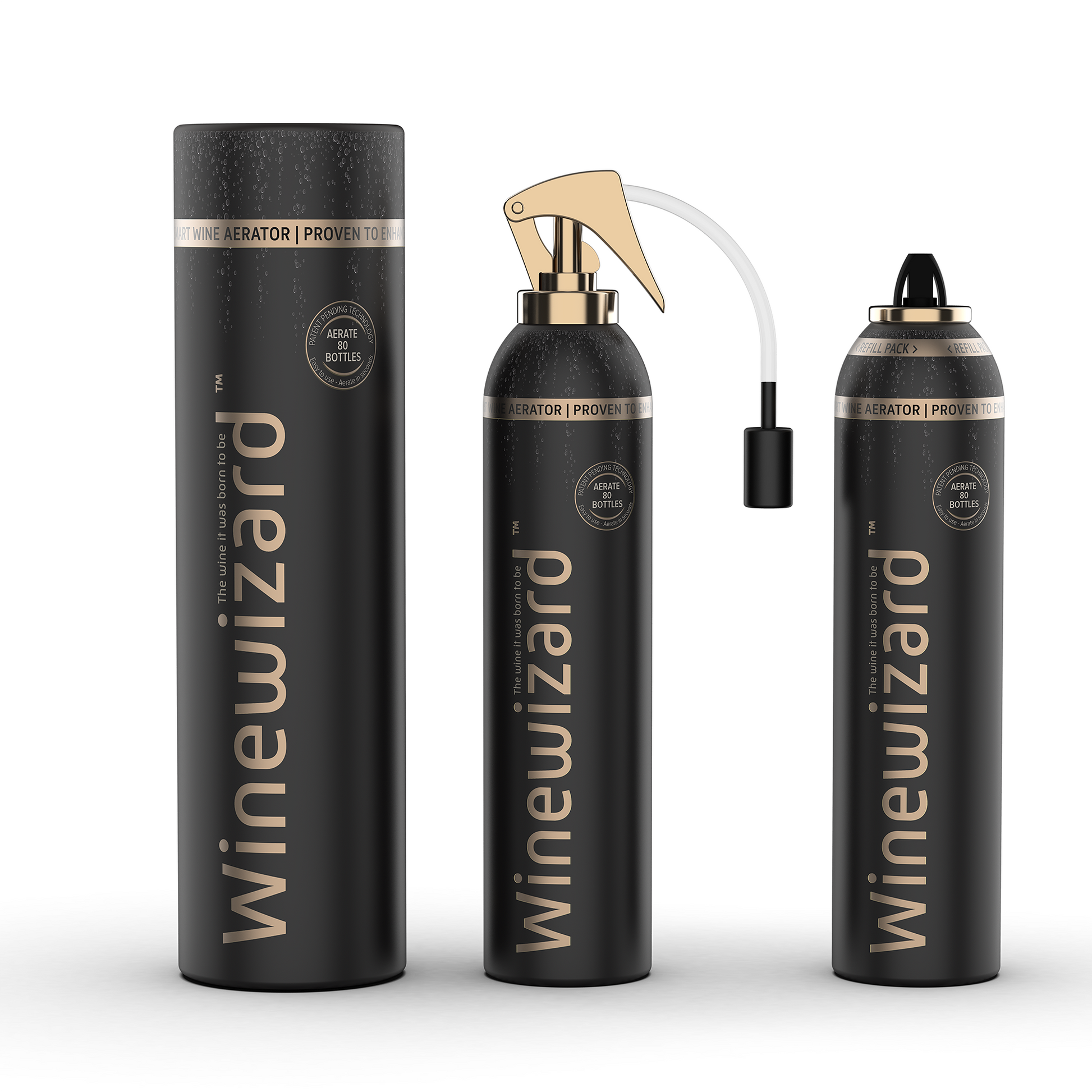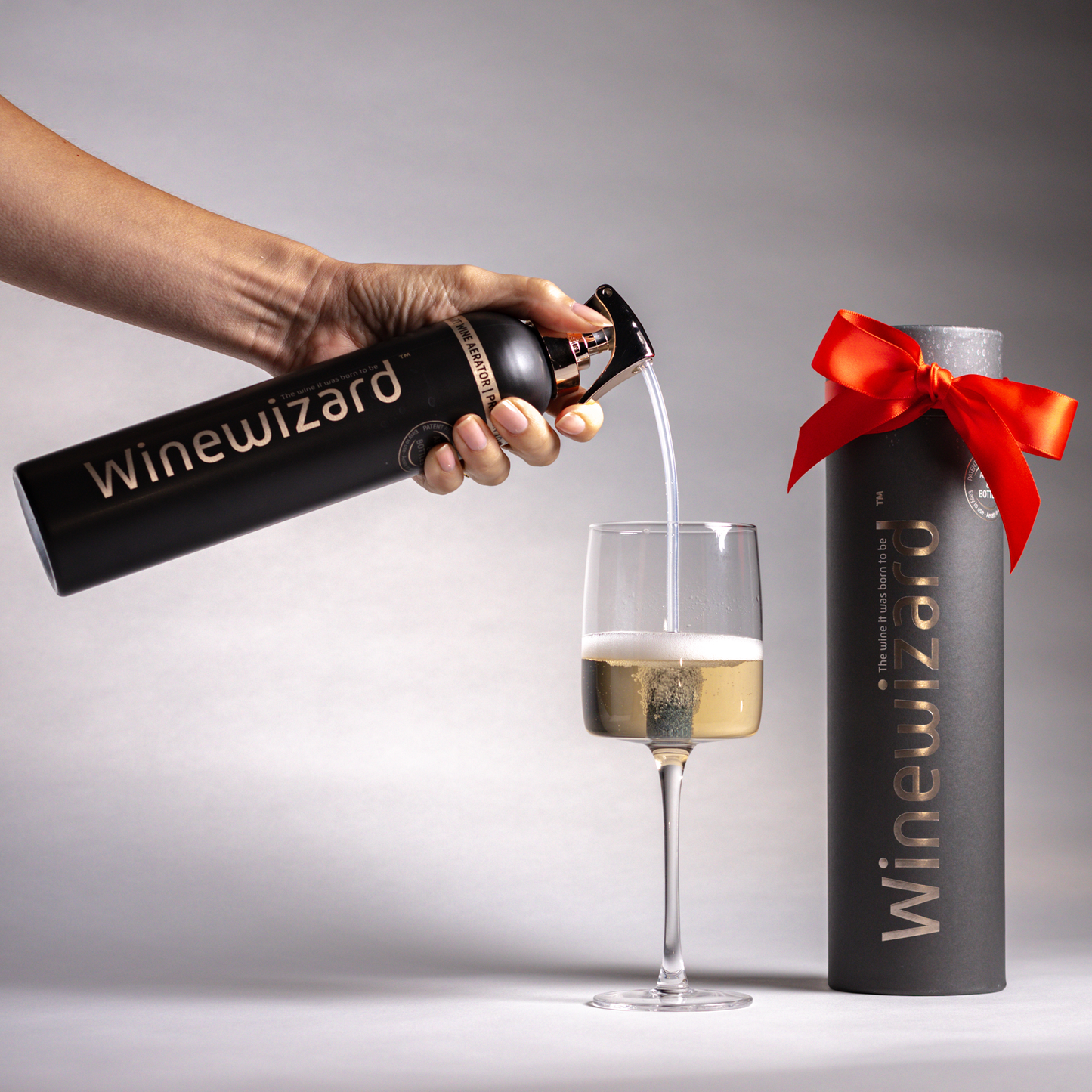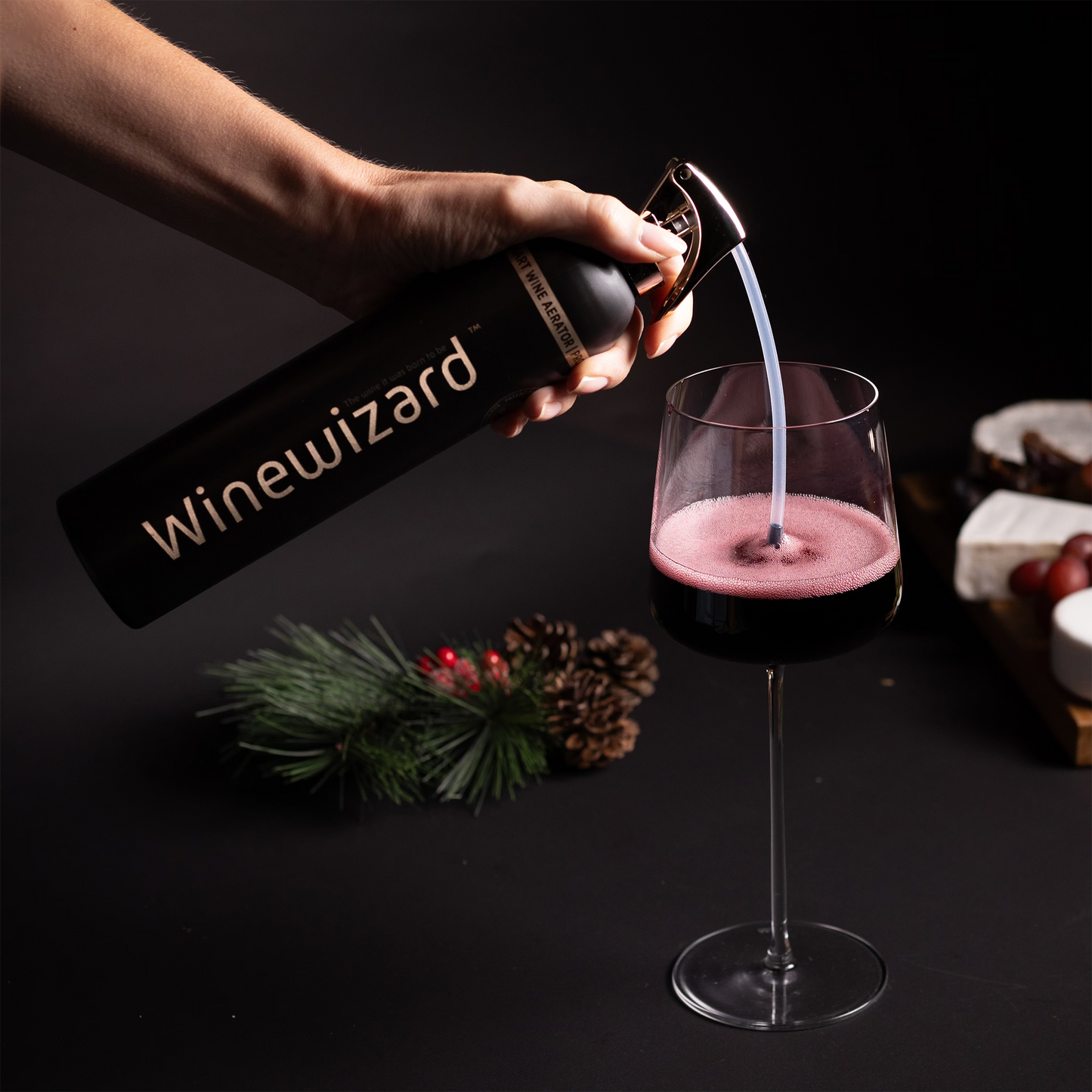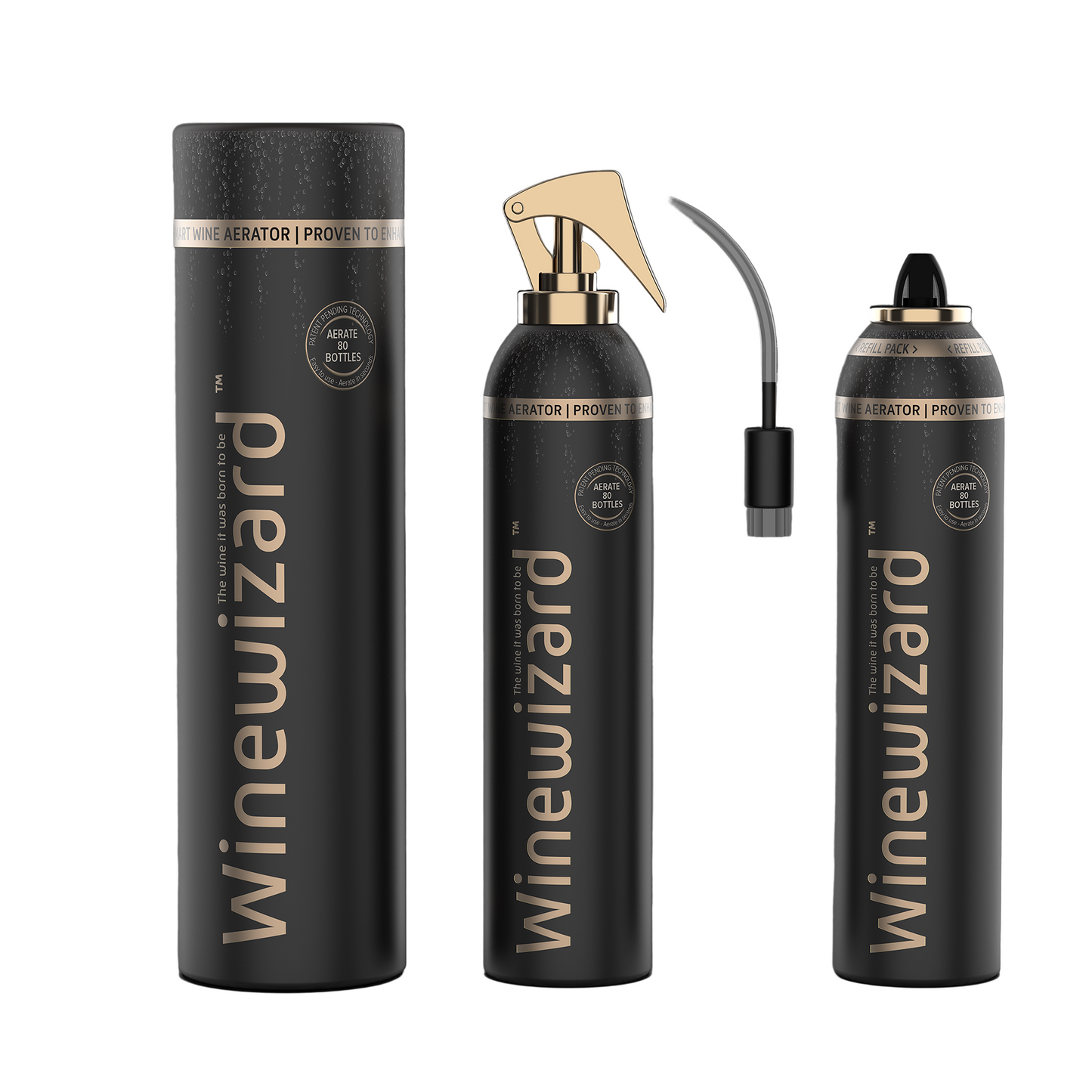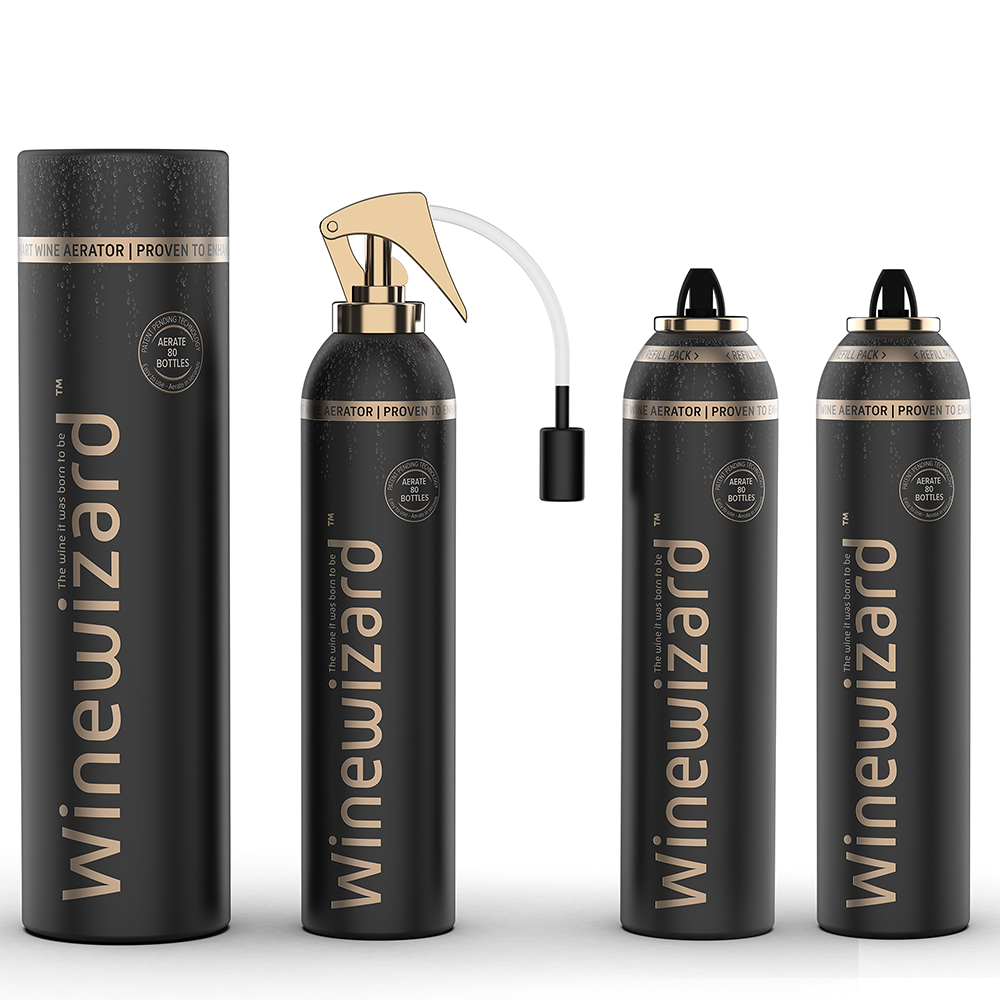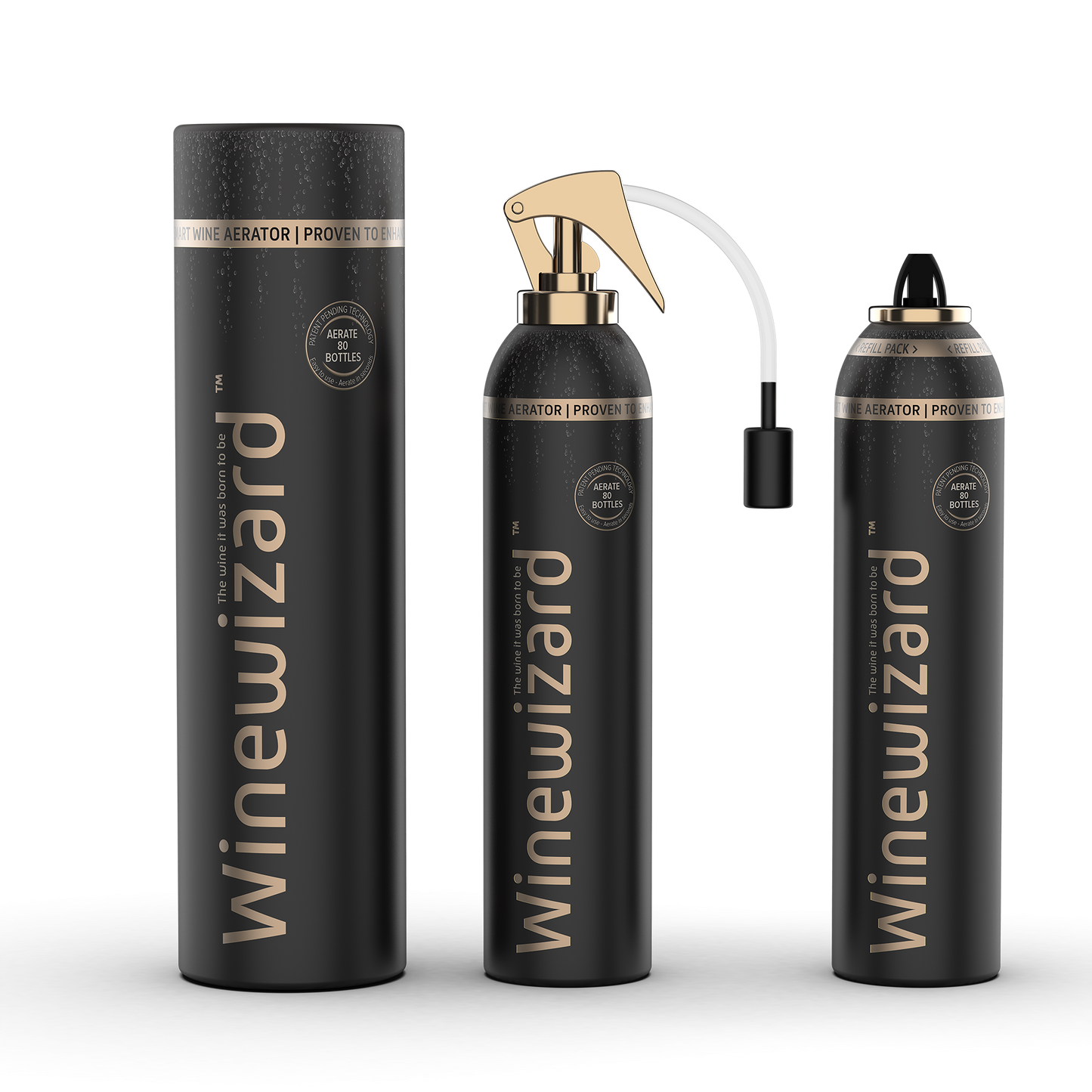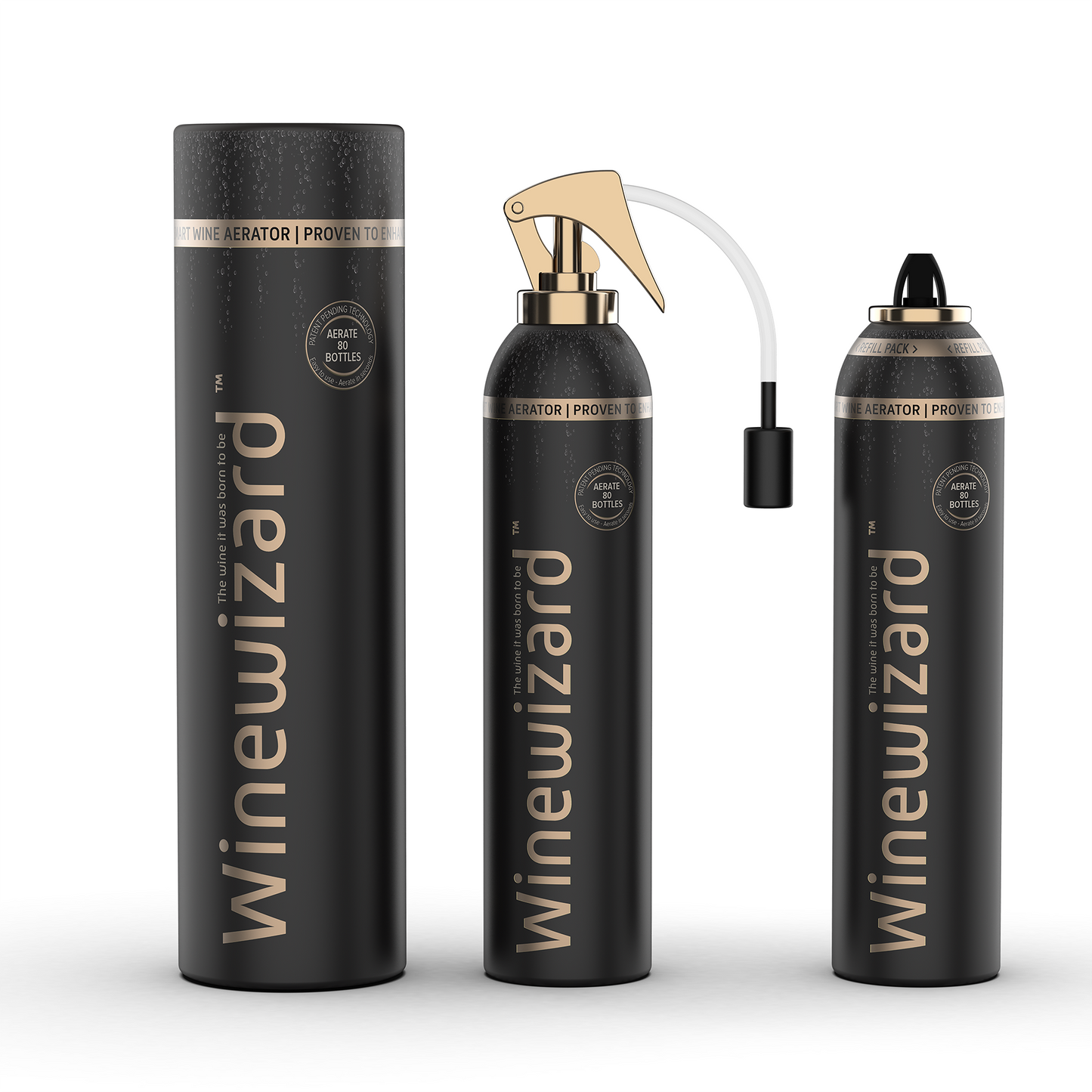Wine, often referred to as the "nectar of the gods," has a rich history that dates back thousands of years. Beyond the bottle and the liquid inside, there's an unsung hero of the wine world – the cork. Wine corks have played a vital role in preserving and aging wine, and their history, types, and significance are worth uncorking for a closer look.
The History of Wine Corks
The use of cork as a wine closure dates back to ancient times. The ancient Greeks and Romans discovered that cork bark from the Quercus suber tree, commonly known as the cork oak, had unique properties that made it an ideal choice for sealing containers. It was malleable, impermeable, and possessed the ability to regain its shape after compression. These properties were crucial for preserving wine, preventing spoilage, and enabling it to age gracefully.
Throughout the centuries, wine storage evolved, as did the design of wine corks. In the 17th century, Dom Pérignon, a French monk, is often credited with popularizing the use of cork closures in sparkling wine, a practice that became widespread for many still wines as well.
Types of Wine Corks
1. Natural Corks: These are the most traditional and perhaps the most romantic of wine closures. Harvested from the cork oak tree, they're known for their ability to allow a tiny amount of oxygen to interact with the wine, which can help in the aging process. However, they can sometimes suffer from cork taint, a compound called TCA (2,4,6-trichloroanisole), which can give wine an unpleasant musty odor.
2. Synthetic Corks: As concerns about cork taint rose, the wine industry sought alternatives. Synthetic corks are made from materials like plastic or foam, and they eliminate the risk of cork taint. They can be a good choice for wines meant to be enjoyed young, but they lack the aging potential natural corks provide. Recent developments now allow for varying degrees of oxygen ingress in order to age the wine.
3. Agglomerated Corks: These corks are made from granulated cork mixed with glue or resin, which makes them a cost-effective alternative to natural corks. They are popular for less expensive wines and short-term aging.
4. Screw Caps: Commonly associated with more affordable and everyday wines, screw caps have gained acceptance as a reliable closure. They provide an excellent seal and protect wine from oxidation. Many winemakers are now using screw caps for high-quality white wines, particularly those meant for early consumption. Again recent development can now allow for ingress of oxygen to help with ageing.
The Ritual of Uncorking
The sound of a cork being pulled from a bottle is more than just an auditory cue; it's a sensory ritual that sets the stage for the wine experience. A gentle "pop" or "snap" as the cork releases can evoke anticipation and excitement, heightening the overall experience of opening a bottle of wine.
Beyond Tradition: The Debate
The choice of closure has sparked a long-standing debate in the wine industry. Traditionalists argue that natural corks, despite their imperfections, are an integral part of wine culture and add to the romance and tradition of wine. On the other hand, proponents of synthetic closures and screw caps emphasize their practicality and effectiveness in preserving wine.
Conclusion
Wine corks, with their rich history and diverse types, have long played a crucial role in the world of wine. From ancient civilizations to modern wineries, corks have been instrumental in preserving and aging wine. The debate between tradition and innovation continues, but ultimately, the choice of closure often depends on the style and goals of the winemaker and the intended aging potential of the wine. Regardless of the closure, it's what's inside the bottle that truly matters, and the journey to uncorking a fine wine is a pleasure that will continue to evolve over time. So, next time you open a bottle of wine, take a moment to appreciate the humble cork that guards the precious liquid within. Cheers!
Winewizard replicates the ageing process of wine in the bottle. See more on our other blogs.


